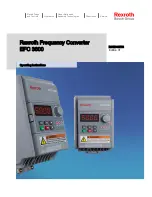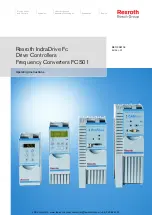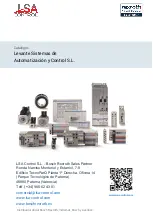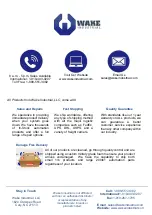
8.14 Diagnostic Tools
8.14.2 Easy FFT
8-89
8
T
uning
Frequency Characteristics
The Servomotor is used to cause the machine to vibrate and the frequency characteristics from
the torque to the motor speed are measured to determine the machine characteristics. For a
normal machine, the resonance frequencies are clear when the frequency characteristics are
plotted on graphs with the gain and phase (Bode plots). The Bode plots show the size (gain) of
the response of the machine to which the torque is applied, and the phase delay (phase) in the
response for each frequency. Also, the machine resonance frequency can be determined from
the maximum frequency of the valleys (anti-resonance) and peaks (resonance) of the gain and
the phase delay.
For a Servomotor without a load or for a rigid mechanism, the gain and phase change gradually
in the Bode plots.
Toolbar
START
Button
Click the
START
Button to start analysis.
Measurement
and
Notch Filter Setting
Tab Pages
Measurement
Tab Page: Displays detailed information on the results of analysis.
Notch Filter Setting
Tab Page: Displays the notch filter frequencies. You can set these values in the parameters.
8.14.2
Easy FFT
The machine is made to vibrate and a resonance frequency is detected from the generated
vibration to set notch filters according to the detected resonance frequencies. This is used to
eliminate high-frequency vibration and noise.
During execution of Easy FFT, a frequency waveform reference is sent from the SERVOPACK to
the Servomotor to automatically cause the shaft to rotate multiple times within 1/4th of a rota-
tion, thus causing the machine to vibrate.
Execute Easy FFT after the servo is turned OFF if operation of the SERVOPACK results in high-
frequency noise and vibration.
Estimated
Anti-Resonance
Frequency
Estimated
Resonance
Frequency
Estimated Resonance
Frequency
Second Candidate
















































